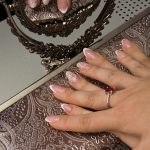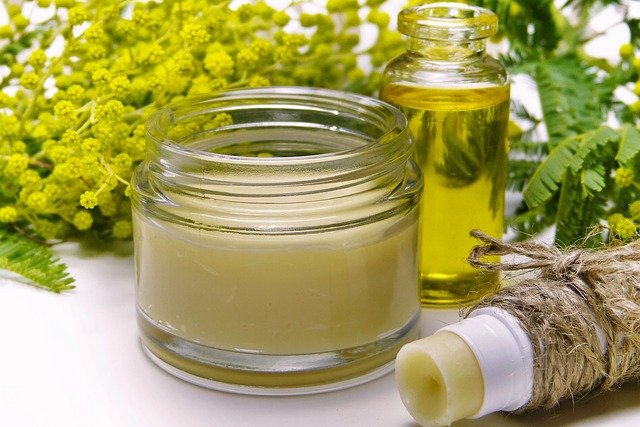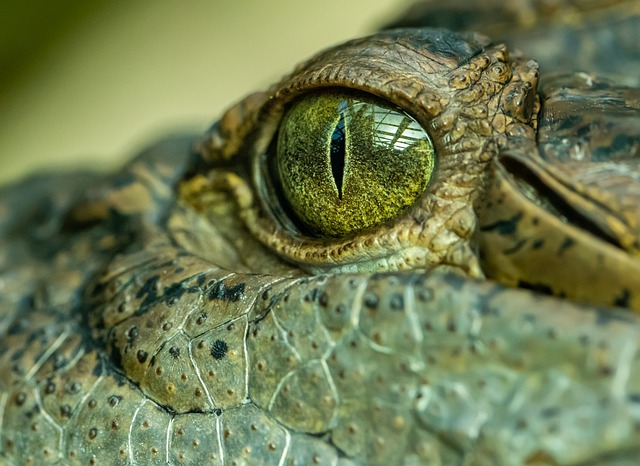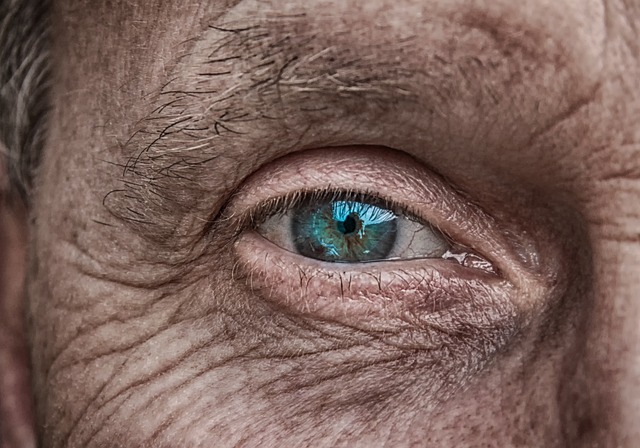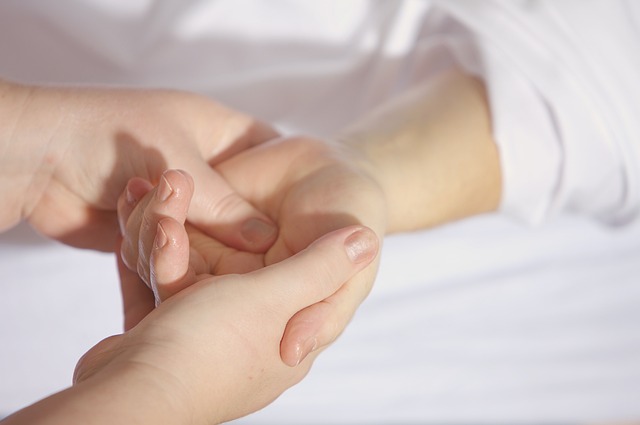Pimples and acnes are often used interchangeably, but interestingly it is not true what we take up in our common language because there are little but major differences between the two terms.
Pimples
A pimple is common when a hair follicle or pore becomes clogged with oil, dead skin cells, and bacteria. This leads to a small, raised bump on the skin. Pimples are typically characterized by a visible white or yellowish centre, a pimple surrounded by redness or inflammation. Pimples are usually found on the face, neck, chest, and back but could be all over the body. They are often caused by hormonal changes, excess oil production, poor skincare habits, or certain medications.
Acne can have different severity levels, ranging from mild to severe. Severe cases of acne may cause widespread inflammation, scarring, and psychological distress. Genetics, hormonal imbalances, increased sebum production, clogged pores, bacteria (Propionibacterium acnes), and inflammation can be influenced by acne.
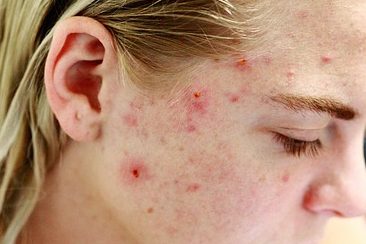
Acnes
On the other hand, acne is a broader term that refers to a chronic inflammatory skin condition. Various blemishes characterize it, including pimples, blackheads, whiteheads, cysts, and nodules. Acne typically involves multiple lesions that can be inflamed or non-inflamed. It often occurs during adolescence due to hormonal fluctuation, but it can affect individuals of any age.
Pimples are a specific type of acne lesion, acne encompasses a broader spectrum of skin blemishes and may involve a combination of different lesions. The term “acne” describes the overall condition of chronic and recurring breakouts, while a pimple is one specific manifestation of acne.
Shortly we can brief it, pimples are individual raised bumps that occur as a result of clogged pores. At the same time, acne is a more complex and chronic skin condition involving multiple types of blemishes.
What are the risk factors for Pimples And Acne?
Acne and pimples can develop due to a combination of factors, including genetics, hormonal changes, lifestyle choices, and environmental factors. We are briefly line up some of the major risk factors linked up with the development of acne and pimples:
1. Hormonal Changes: This can enhance the sebaceous glands to produce more oil, especially during puberty. This excess oil, known as sebum, is a major reason behind the formation of acne and pimples. It’s widespread among all women of hormonal ups and downs during the menstrual cycle and pregnancy, or hormonal disorders like polycystic ovary syndrome (PCOS) can also increase the risk.
2. Genetics: Family history plays a role in developing acne and pimples. If your parents or siblings account for such unwelcome spots, it could be a higher risk of being more prone to experiencing breakouts.
3. Excess Oil Production: Some individuals naturally produce more oil (sebum) than others. Excess sebum production can increase the likelihood of clogged pores and acne formation.
4. Bacteria: The presence of a specific bacterium called Propionibacterium acnes on the skin can contribute to the development of acne. This bacterium feeds on sebum and triggers an inflammatory response, leading to the formation of pimples.
5. Skin Irritation: Irritation from certain skincare products, cosmetics, or harsh chemicals can aggravate the skin and contribute to acne and pimple formation. Additionally, friction or pressure on the skin, such as wearing tight-fitting clothing or frequently touching the face, can exacerbate breakouts.
6. Dietary Factors: While the direct impact of diet on acne is still being studied, some research suggests that certain dietary factors may influence acne development. High glycemic index foods (sugary and processed foods) may worsen acne symptoms in some individuals.
7. Stress: Chronic stress can disrupt hormone levels and contribute to acne breakouts. Stress triggers the release of stress hormones like cortisol, which can increase oil production and inflammation in the skin.
8. Environmental Factors: Exposure to certain environmental elements, such as pollution and humidity, can contribute to developing acne and pimples. Additionally, sweating excessively or using heavy occlusive skincare products in hot and humid climates can clog pores and exacerbate breakouts.
It’s important to note that while these risk factors may increase the likelihood of developing acne and pimples, their presence does not guarantee the development of these conditions. Understanding and managing these risk factors, adopting a consistent skincare routine, and seeking professional advice can help minimize the occurrence and severity of acne and pimples.
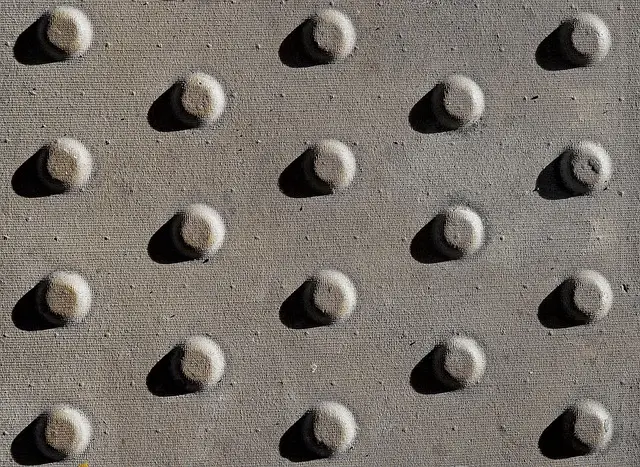
Natural Home Remedies for Permanent Pimples And Acne Removal
Dealing with persistent pimples and acne can be frustrating, but natural remedies can help remove them. These home remedies are long famous for providing relief and support in achieving more transparent, healthier skin. This article aims to explore various natural methods which are effective at home to remove pimples and acne permanently.
Follow these steps for effective cleansing:
- Tea Tree Oil has antimicrobial and anti-inflammatory properties that can help reduce acne-causing bacteria and inflammation. Here’s how to use it:
- Dilute tea tree oil and carrier oil, including coconut or jojoba oil, famously.
- Apply the ready mixture to the target areas of the body and remain for some time until using a clean cotton swab.
- Leave it on for 20 minutes if there is a shortage of time; otherwise, overnight is advisable, then rinse with water.
- Honey and Cinnamon Mask: Combining honey and cinnamon can be antibacterial and may help reduce acne. Here’s how to create a mask:
- For the best result, the home remedy includes one tablespoon of honey and a teaspoon of cinnamon powder to form a paste.
- Apply the paste to the face, focusing on acne-prone.
- Leave it on for 10-15 minutes if there is a shortage of time, but advisable for at least 1 hour to get good results, then rinse with lukewarm water.
- Aloe Vera Gel: Aloe Vera has soothing properties and is additionally rich in anti-inflammatory, making it an effective natural remedy for acne. Follow these steps:
- Extracting fresh aloe Vera gel from an aloe leaf is much more effective in getting good results.
- The best benefits can get by applying the gel directly to the target spots area and leave it on for 20 minutes.
- Rinse off with water and pat dry. Repeat twice daily.
- Apple Cider Vinegar: One of the most organic cures for balancing the skin’s pH, and has antibacterial properties. Here’s how to use it:
- Dilute one-spoon apple cider vinegar with three spoons of plain water as a ratio.
- The cotton ball best applies the mixture to the subject spot area.
- Then leave it on the target area for 10-15 minutes, then rinse with water.
- Gradually increase the vinegar concentration over time if your skin tolerates it well.
- Green Tea: This kind of tea is especially rich in antioxidants that can reduce inflammation and fight acne-causing bacteria. Follow these steps:
- Leave a bowl of green tea and let it cool down.
- Apply the cooled tea to the face using a cotton ball or spray bottle.
- Better to remain it on for 10-15 minutes, then rinse with water.
- Balanced Diet and Hydration: Maintaining and staying hydrated can promote healthy skin. Consider the following:
- Well, balanced diet rich in fruits, vegetables, whole grains, and lean proteins.
- To avoid dehydration, drink plenty of water to flush out toxins.
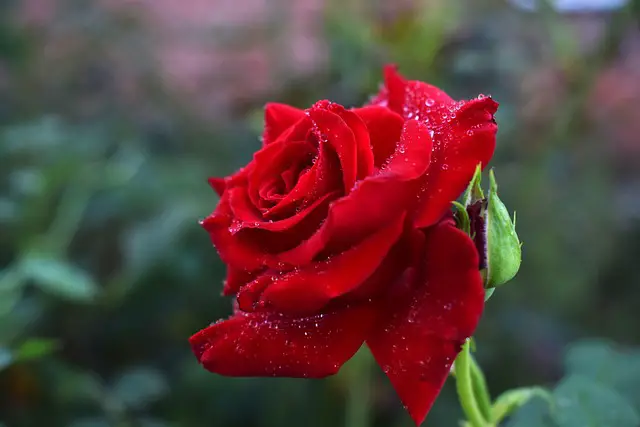
While these natural remedies may help remove pimples and acne permanently, it’s important to remember that results may vary for each individual. It’s also crucial to be consistent with the chosen remedies and maintain a proper skincare routine. If the acne persists or worsens, look for a dermatologist for further evaluation and personalized treatment options. With patience and a holistic approach, you can work towards achieving more transparent, healthier skin naturally.




